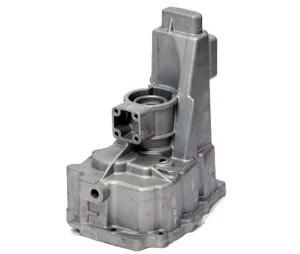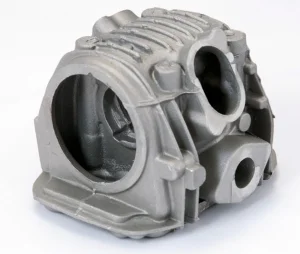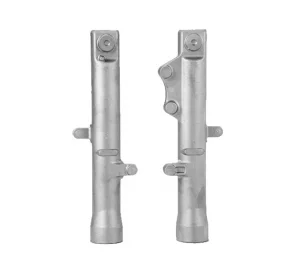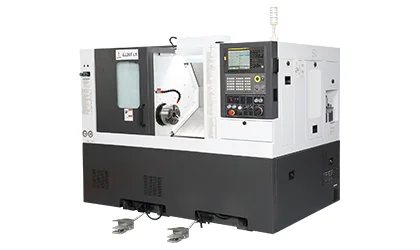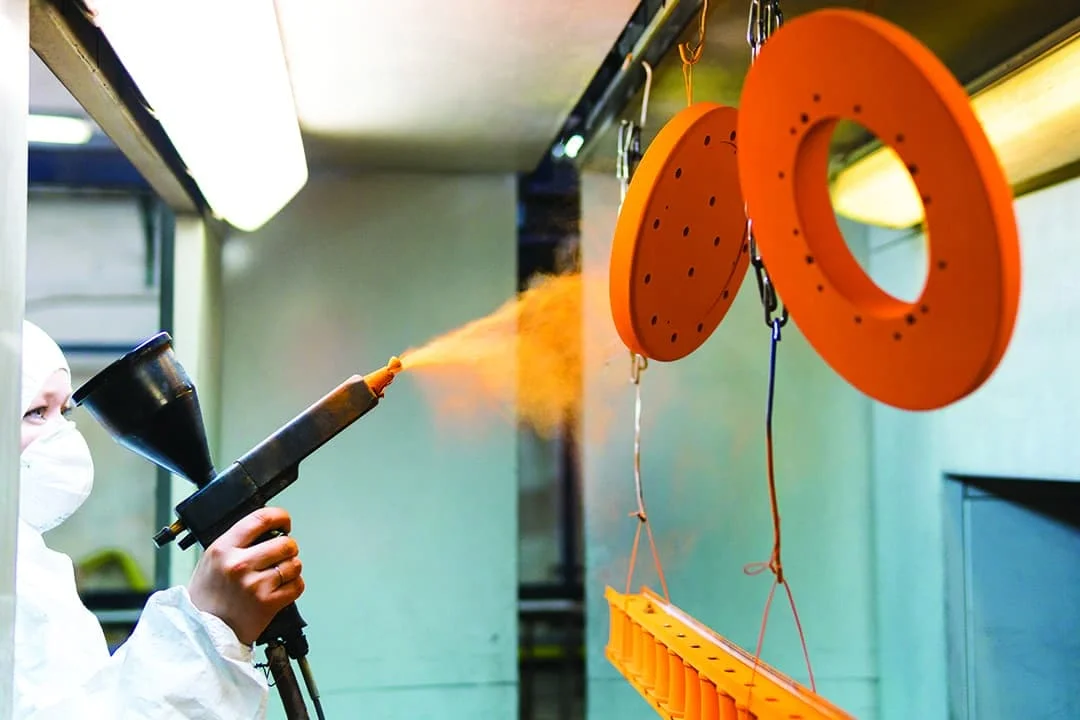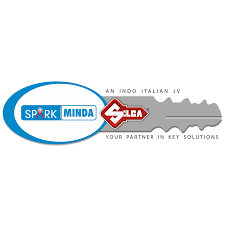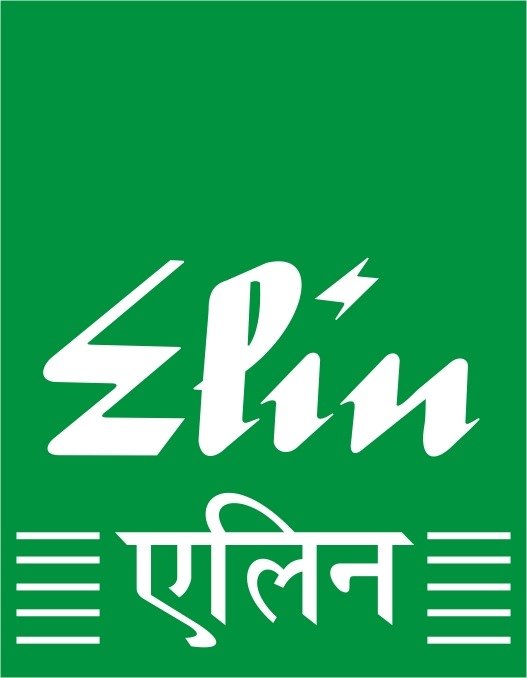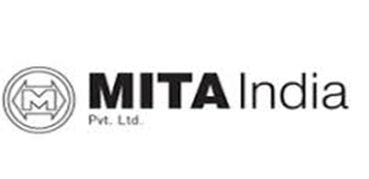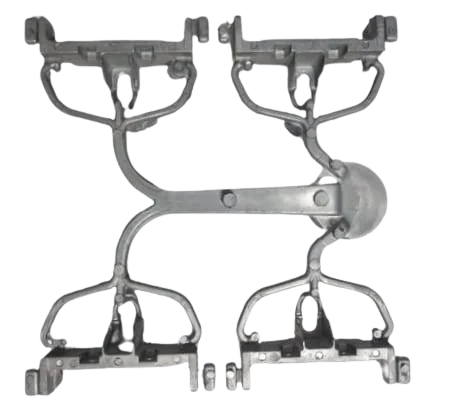
Autonext Casting
A paragraph is a series of sentences that are organized and coherent, and are all related to a single topic. Almost every piece of writing you do that is longer than a few sentences should be organized into paragraphs. This is because paragraphs show a reader where the subdivisions of an essay begin and end, and thus help the reader see the organization of the essay and grasp its main points.
Paragraphs can contain many different kinds of information. A paragraph could contain a series of brief examples or a single long illustration of a general point. It might describe a place, character, or process; narrate a series of events; compare or contrast two or more things; classify items into categories; or describe causes and effects. Regardless of the kind of information they contain, all paragraphs share certain characteristics. One of the most important of these is a topic sentence.
Our Services
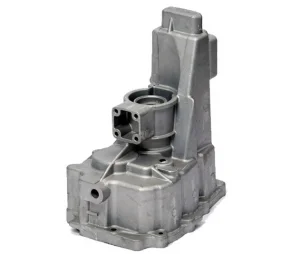
High Pressure Casting
สล็อตออนไลน์ เครดิตโบนัสได้เงินจริง slot938
High-Pressure Die Casting (HPDC) is an advanced manufacturing process that transforms molten metal into complex, high-precision components within seconds. The process involves injecting molten metal at high speed and pressure into a closed steel die cavity, ensuring exceptional accuracy, strength, and surface finish.
How HPDC Works
1. Molten Metal Injection: The die casting machine forces molten metal into the die cavity using a hydraulic piston and pressurized gas.
2. Clamping & Solidification: The machine’s clamping system holds the die shut while the metal rapidly cools and solidifies.
3. Ejection & Finishing: Once solidified, the die opens, and the finished part is ejected, ready for finishing and machining if needed.
Key Advantages of HPDC
✔ High-Speed Production – Rapid cycle times for mass production.
✔ Exceptional Precision – Produces near-net-shape parts with minimal machining.
✔ Superior Strength & Surface Quality – High-density, durable components with smooth finishes.
✔ Material Efficiency – Minimal waste and excellent recyclability.
Materials Used in HPDC
HPDC primarily utilizes two metal groups:
Aluminum Alloys – Lightweight, corrosion-resistant, and ideal for automotive, aerospace, and electronics.
Zinc Alloys – High strength, excellent dimensional stability, and perfect for intricate designs.
HPDC Processes: Cold Chamber vs. Hot Chamber
Cold Chamber HPDC – Used for high-melting-point metals like aluminum, where molten metal is ladled into the injection chamber.
Hot Chamber HPDC – Ideal for lower-melting metals like zinc, where the injection system is immersed in molten metal for continuous operation.
Applications of HPDC
HPDC is widely used across industries, including:
✔ Automotive – Engine components, transmission cases, structural parts.
✔ Aerospace – Lightweight, high-strength aircraft components.
✔ Electronics – Housings, heat sinks, and precision parts.
✔ Industrial Equipment – Machinery parts, enclosures, and tools.
Why Choose HPDC?
If you need high-volume, high-precision, and cost-effective metal components, HPDC is the ultimate solution. With its ability to produce strong, lightweight, and complex parts at unmatched speed, HPDC remains a leading choice for modern manufacturing.
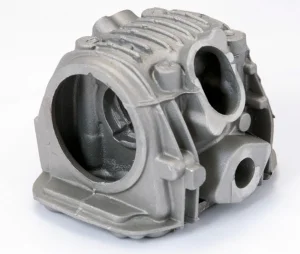
Low Pressure Casting
สล็อต เครดิตฟรี ไทยคาสิโนออนไลน์ thaibet55
Low-pressure die casting (LPDC) is a process developed to improve the consistency and integrity of parts, at the cost of a much slower cycle time.In LPDC, material is held in a reservoir below the die, from which it flows into the cavity when air pressure in the reservoir is increased.Typical pressures range from 0.3 bar (4.4 psi) to 0.5 bar (7.3 psi).Somewhat higher pressures (up to 1 bar (15 psi)) may be applied after the material is in the die, to work it into fine details of the cavity and eliminate porosity.
Typical cycle times for a low-pressure die casting process are longer than for other die-casting processes; an engine block can take up to fifteen minutes.It is primarily used for aluminum, but has been used for carbon steel as well.
Low Pressure Die Casting (LPDC) Process Advantages:
1. Improved Material Properties: LPDC allows for the use of high-strength alloys, resulting in stronger and more durable parts.
2. Reduced Porosity: The low-pressure process minimizes gas entrapment, reducing porosity and increasing part density.
3. Enhanced Surface Finish: LPDC produces a smooth, even surface finish, reducing the need for secondary machining.
4. Increased Dimensional Accuracy: The low-pressure process provides tighter tolerances and reduced shrinkage.
5. Reduced Scrap Rates: LPDC minimizes waste and scrap, resulting in cost savings.
6. Improved Casting Integrity: The process reduces the risk of casting defects, such as misruns and cold shuts.
7. Reduced Labor Costs: LPDC often requires less labor and handling compared to other casting methods.
8. Faster Production Rates: The process allows for quicker cycle times, increasing production efficiency.
9. Energy Efficiency: LPDC typically requires less energy compared to high-pressure die casting.
10. Design Flexibility: LPDC enables the creation of complex geometries and thin-walled parts.
Additional benefits:
- Reduced material waste
- Improved part consistency
- Enhanced mechanical properties
- Ability to cast large and complex parts
Overall, Low Pressure Die Casting offers numerous advantages, making it a popular choice for producing high-quality, complex parts in various industries, including automotive, aerospace, and more.
Read More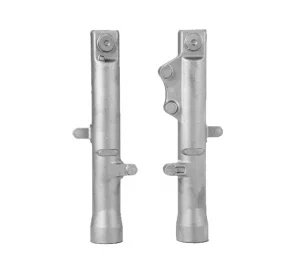
Gravity Die Casting
แจกเครดิตฟรี สล็อต บาคาร่า คาสิโนออนไลน์ JQK41
Gravity die casting is also one of the oldest known processes for fabricating metals and metal alloys. It's a good choice for large series production, large or thick parts, high detail levels, simple castings, uniform wall thickness, and high volume levels.
Gravity die casting is a permanent mold casting process that involves pouring molten metal into a mold using gravity. The mold is usually made of cast iron or steel, and the metal is poured from a ladle or vessel. The mold cavity fills with metal using only gravity, and the process can be controlled by tilting the mold. This process is also known as permanent mold casting.
Gravity die casting has several advantages:-
- No external force is required to push the molten metal into the mold.
- Gravity die cast components have better density than sand casting parts.
- Gravity die cast parts have less porosity and better grain structure than sand casting parts.
- Gravity die cast components have good mechanical properties, which are ideal for heat treatment.
- Gravity die cast components have a better surface finish than most other casting parts.
- Gravity die casting is cheaper than other processes like vacuum casting and squeeze casting, especially for medium or small volume production.
- Gravity die casting is a metal casting process that uses gravity to fill a mold with molten metal. Here's an overview of the process:
Steps involved:
- 1. Pattern creation: A pattern, typically made of wood or metal, is created to shape the mold.
- 2. Mold preparation: A permanent mold, usually made of steel or cast iron, is prepared and coated with a release agent.
- 3. Melting: The desired metal alloy is melted in a furnace.
- 4. Pouring: The molten metal is poured into the mold through a pouring system.
- 5. Solidification: The metal solidifies under gravity, taking the shape of the mold.
- 6. Ejection: The casting is removed from the mold after solidification.
Advantages:
- - High accuracy and surface finish
- - Good mechanical properties
- - Can produce complex shapes
- - Relatively low cost
Common applications:
- - Automotive parts (engine blocks, cylinder heads, gearboxes)
- - Aerospace components
- - Industrial machinery parts
- - Medical equipment
Materials used:
- - Aluminum alloys
- - Copper alloys
- - Zinc alloys
- - Steel alloys
Limitations:
- Limited to relatively small castings
- May require additional processing (e.g., machining) for complex geometries
Read More
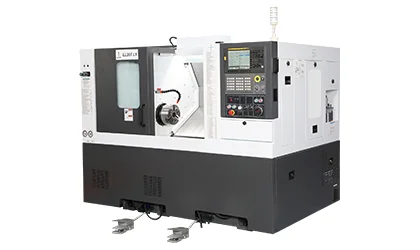
CNC Turning Machines
สล็อต สล็อตออนไลน์ thaicasinobin
CNC (Computer Numerical Control) machining is a manufacturing process that uses computer-controlled machines to cut and shape materials such as metals, plastics, and woods. Here's an overview of the CNC machining process:
Steps Involved:
1. Design: Create a digital design of the part using CAD (Computer-Aided Design) software.
2. Toolpath generation: Convert the design into a set of instructions (G-code) that the CNC machine can understand.
3. Machine setup: Prepare the CNC machine by loading the required tools and setting up the workpiece.
4. Material loading: Load the material onto the machine's worktable.
5. Machining: The CNC machine reads the G-code and executes the instructions, cutting and shaping the material.
6. Inspection: Verify the finished part meets the required specifications.
Common CNC machining operations:
- Milling: Removing material using a rotating cutting tool.
- Turning: Cutting material using a single-point tool.
- Drilling: Creating holes using a rotating drill bit.
- Tapping: Creating threaded holes.
CNC machining advantages:
- High accuracy: Precise control over the cutting process.
- Repeatability: Consistent results across multiple parts.
- Flexibility: Can machine complex shapes and designs.
- Speed: Faster production times compared to manual machining.
Common applications:
- Aerospace: Engine components, structural parts.
- Automotive: Engine blocks, cylinder heads, gearboxes.
- Medical: Implants, surgical instruments.
- Industrial: Machinery parts, electrical components.
CNC machining involves:
1. Computer-aided design (CAD) software to create a digital design of the part.
2. Computer-aided manufacturing (CAM) software to convert the design into machine instructions (G-code).
3. A CNC machine that reads the G-code and executes the instructions to cut and shape the material.
CNC machining offers:
- High accuracy and precision
- Repeatability and consistency
- Ability to machine complex shapes and designs
- Faster production times compared to manual machining
- Reduced labor costs and increased efficiency
Common CNC machining operations include:
- Milling
- Turning
- Drilling
- Tapping
- Grinding
CNC machining is widely used in various industries, including:
- Aerospace
- Automotive
- Medical
- Industrial
- Consumer products
It's a versatile and efficient manufacturing process that enables the production of complex parts with high accuracy and precision.
Read More
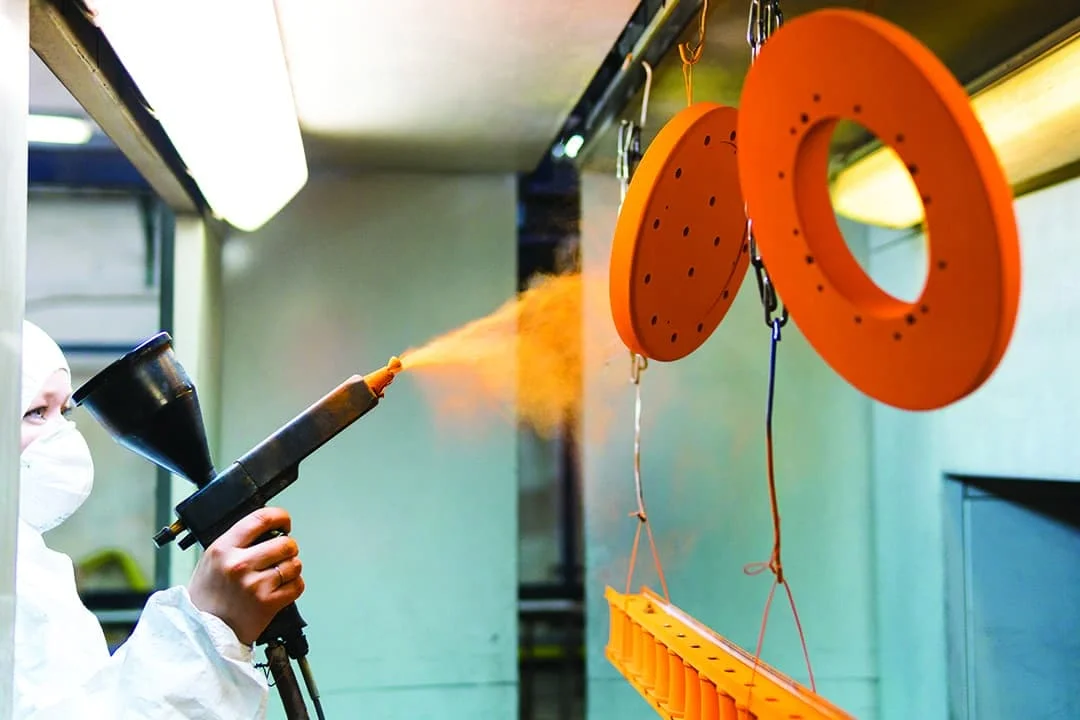
Powder Coating
ขอเครดิตฟรีหน่อยครับสมัครปุ๊บรับปั๊บไม่ต้องฝาก
The powder coating process is a dry finishing method that involves applying a powdered paint to a surface, which is then heated to melt and cure the powder, forming a hard, durable finish. Here's a step-by-step overview:
1. Pre-treatment: Clean and prepare the surface for coating by removing dirt, oil, and other contaminants.
2. Application: Spray the powder onto the surface using an electrostatic gun, which gives the powder an electric charge, allowing it to adhere to the surface.
3. Curing: Place the powder-coated object in an oven, where it's exposed to high temperatures (around 400°F/200°C), causing the powder to melt and form a uniform film.
4. Cooling: Allow the coated object to cool, causing the film to harden and cure.
5. Inspection: Check the finish for any imperfections or defects.
Powder coating is known for its:
- Durability and resistance to wear, corrosion, and chemicals
- Smooth, uniform finish
- Color retention and gloss
- Environmental benefits (no solvents or VOCs)
Common applications include:
- Automotive parts
- Furniture
- Appliances
- Architectural metalwork
- Industrial equipment
Advantages:
1. Durability: Resistant to wear, corrosion, and chemicals.
2. Uniform Finish: Smooth, consistent texture and appearance.
3. Color Retention: Excellent gloss and color retention over time.
4. Environmental Benefits: No solvents, VOCs (volatile organic compounds), or hazardous materials.
5. Cost-Effective: Less expensive than liquid coating methods.
6. Fast Production: Quick curing process allows for rapid production.
7. Flexibility: Can be used on various materials (metal, wood, plastic).
8. Resistance to Fading: Withstands UV light and weathering.
9. Easy Cleanup: Overspray can be easily collected and reused.
10. Wide Range of Colors: Available in various colors and finishes.
Additional Benefits:
- Improved product lifespan
- Reduced maintenance
- Enhanced appearance
- Increased product value
Overall, powder coating offers a reliable, efficient, and eco-friendly way to achieve a high-quality finish on various products.
Let me know if you have any specific questions or need further details!
Read More
